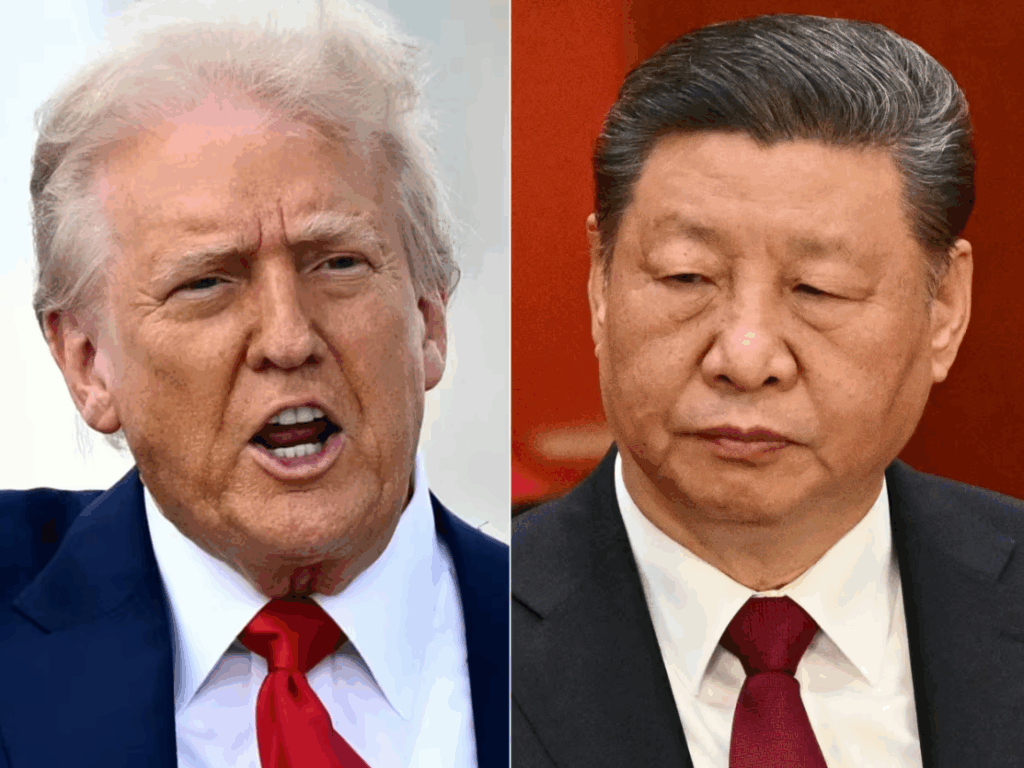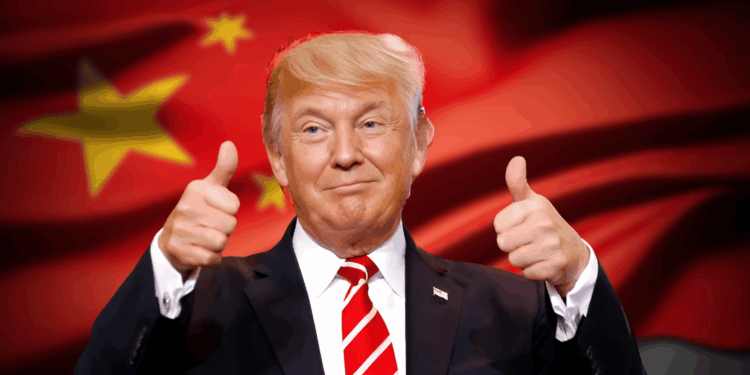- Trump says a trade deal with China may be on the horizon, despite tariffs reaching up to 145% on both sides.
- U.S. industries are under pressure, with some predicting tariff costs could rise more than 40x this year.
- While talks continue, businesses remain in limbo—hopeful for relief but bracing for long-term decoupling.
Tariff wars rarely benefit anyone, often leaving economies strained and industries disrupted. And the escalating tension between the United States and China has been no exception. Yet, amidst the chaos, Donald Trump has expressed optimism for a deal. So, let us delve into the details and explore what this could mean for global trade.
Optics vs Policy
The current situation is marked by escalating tariffs, with the U.S. imposing duties of up to 145% on Chinese imports and China retaliating with 125% tariffs on American goods. These measures have sent shockwaves through industries, from agriculture to electronics, creating uncertainty for businesses and consumers alike. Despite the turbulence, the tone from Washington suggests ongoing discussions aimed at finding common ground and easing tensions.
Trump’s recent comments indicate a belief that negotiations are moving in the right direction. While specifics remain undisclosed, the shift signals a willingness to engage rather than escalate further. His words hint at an attempt to stabilize market concerns and reassure stakeholders of a possible resolution.
What This Means?
Essentially, a resolution to the trade war could bring relief to industries suffocating under tariffs. This is to highlight that American businesses are already absorbing massive cost increases, with some forecasting tariff-related expenses to grow by over 40 times this year. Supply chains that lean heavily on Chinese manufacturing are scrambling to adapt, and consumers can expect to feel the impact of rising prices—especially on low-cost goods previously shielded by tariff exemptions.
All in all, a deal, if it materializes, could be a lifeline. It would not erase the damage, but it could stabilize trade flows, cool inflationary pressure, and give battered industries a moment to breathe. But if the current calm is just a PR move—and the tariffs stay locked in—businesses will be forced to recalibrate for a long-term decoupling from China.

Final Thoughts
In conclusion, this is no longer a war of words. It is a battle of leverage—and every tariff is a loaded move. Trump’s optimism may be genuine, strategic, or simply noise. But until the headlines match the policy, it is clear that the U.S.-China trade war is far from over. So, for now, “very good conversations” are a nice soundbite. But they do not pay the bills.














